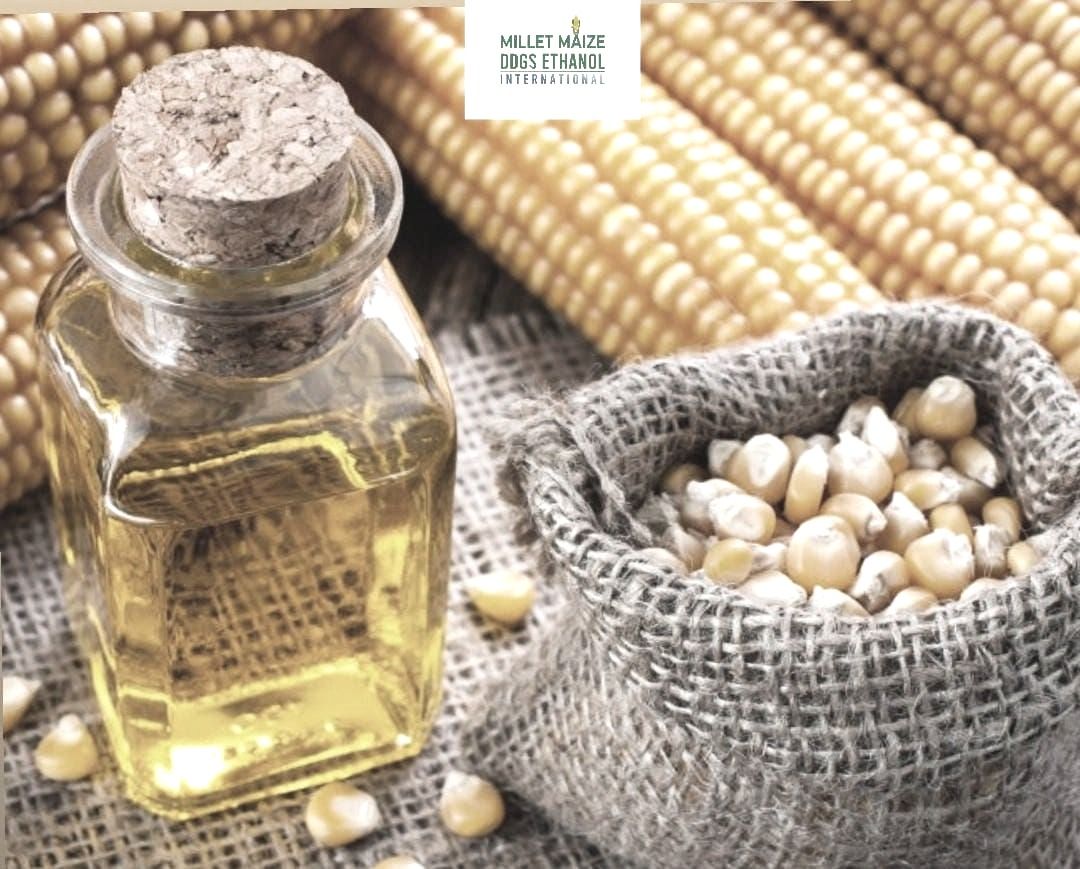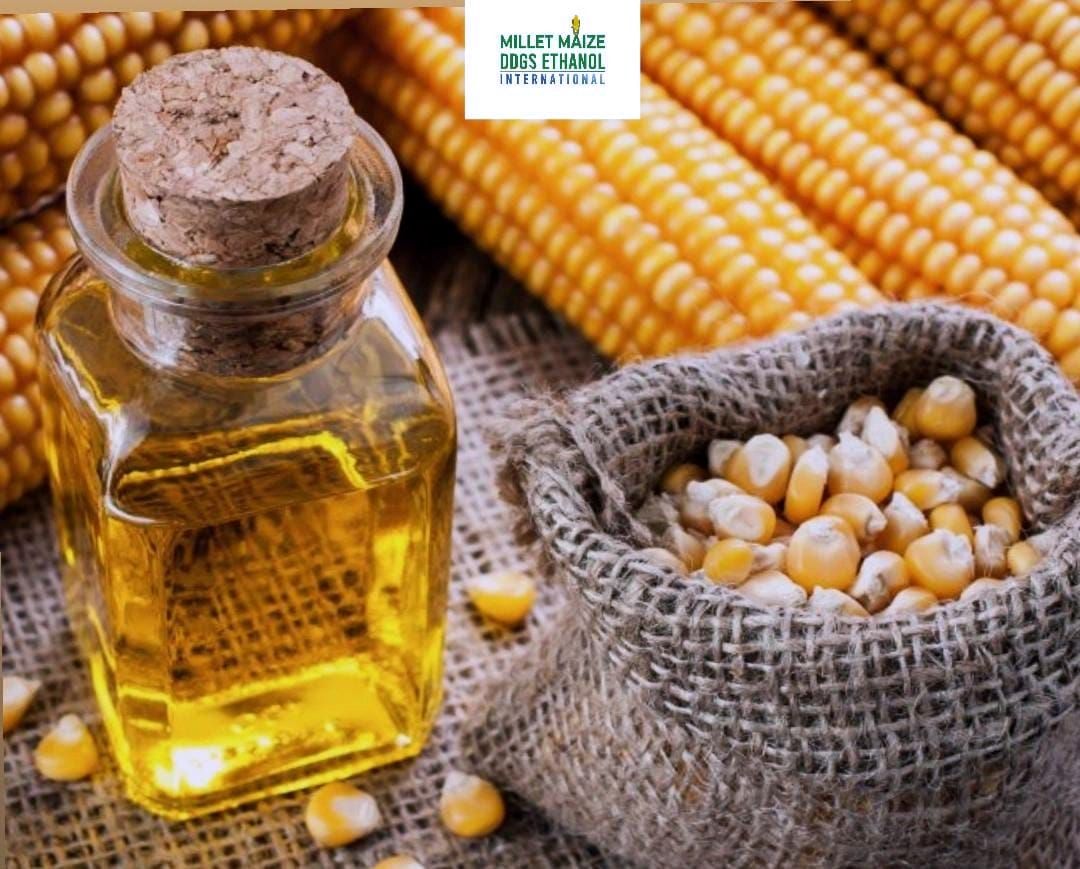mmdeinternational.com - 🌽 Middle East's Maize Oil Market Poised for Steady Growth 📈 with 6% CAGR in Value Through 2035 🌍

A report from Index Box titled “GCC's Maize Oil Market Set for Steady Growth with 6% CAGR in Value Through 2035” discusses the dynamics of the maize oil (corn oil) market in the GCC region. For the broader Middle East, Index Box projects a more moderate growth: a +1.4% CAGR in volume and +5.3% CAGR in value from 2024 to 2035, with the market value expected to reach $399 million by 2035. The report also notes that in 2024, maize oil consumption in the Middle East declined to 172,000 tons, and market revenues dropped to roughly $226 million.
So, the 6% CAGR figure appears to align more specifically with the GCC sub‑market rather than the entire Middle East.
Middle East’s Maize Oil Market Poised for Slow but Steady Rise, Value to Hit $399M by 2035Demand for maize (corn) oil across Middle Eastern markets is expected to register steady, if modest, growth over the next decade. According to a new Index Box analysis, the region’s maize oil sector is projected to grow at a +1.4% CAGR in volume and +5.3% CAGR in value from 2024 to 2035, culminating in a market worth approximately $399 million by 2035.
Recovering market after a dip: In 2024, maize oil consumption fell to 172,000 tons (down ~5.4% year over year), and market value declined to $226 million. Import dependence: The Middle East continues to rely heavily on imports to meet demand. In 2024, Kuwait was the largest importer, followed by Saudi Arabia, UAE, Qatar, Jordan, Turkey, and Israel. Leading contributors: Kuwait dominates import volumes (73,000 tons in 2024) — nearly 40% of total regional imports. Turkey is the top exporter from the region, accounting for about 62% of Middle East maize oil exports in 2024.
Shifting supply structure: The region’s dynamics are changing in terms of sourcing, product types (crude vs. refined maize oil), and pricing differentials across importing and exporting countries.
The modest growth forecasts suggest the market won’t see explosive gains, but it is expected to remain stable and resilient. Price volatility, supply chain disruptions, and import restrictions could pose downside risks. On the upside, growing awareness of healthier cooking oils, shifts in dietary patterns, and policy support for domestic processing could offer new levers of growth.
